Supervising Inmates
Maintaining a safe corrections facility requires discipline in multiple areas. Learn how to best patrol and supervise inmates from booking and admissions to their release with courses such as Classification of Inmates, Female Offenders and Related Issues, Inmate Correspondence, Patrol Procedures in Correctional Facilities, and Supervision of Inmates in Dining Areas.

| Course Name | Course Description | Length |
|---|---|---|
| Booking and Admissions | This one-hour course provides Corrections Officers with the proper knowledge to efficiently handle the booking and admission of inmates. | 1h |
| Classification of Inmates | In this one-hour course, the learner will review classification of inmates, including the purpose, types, and risks that arise. | 1h |
| Inmate Correspondence | This one-hour course focuses on monitoring correspondence within a corrections facility. Corrections Officers should take this aspect of security just as seriously as any other. | 1h |
| Inmate Employment | In this one-hour course, Corrections Officers will gain deeper insight of inmate employment programs, and their legal implications. | 1h |
| Investigating In-Custody Deaths – NEW! | In-custody deaths in correctional environments demand serious attention and scrutiny. When such tragic events occur, it is imperative for correctional staff to approach the investigation with professionalism, empathy, and a commitment to uncovering the truth. Correctional management is pivotal in helping maintain transparency, integrity, and accountability within the system. | 1h |
| Managing Employee Records in Correctional Facilities | This one-hour course will provide you with the instructions to make sure all employee information is kept safe and confidential. | 1h |
| Managing Special Inmate Populations | This is a course about special inmate populations the inmates that are not in the “mainstream”” inmate general population. Correctional officers are a type of specialist – they handle inmates with unique problems. Some inmates require more attention than others and knowledge of these inmates is power. By properly handling them you and your agency decrease the chances of being found liable in a lawsuit. This course gives you the tools that you need to safely supervise several special types of inmates. Correctional facilities are grappling with issues concerning inmates who are mentally ill, suicidal, are LGTBI or are housed in isolation. Issues that are often the result of these populations include increased risk of suicide, assault of other inmates or staff and harmful effects of isolation. | 1h |
| Searching a Suspect | Richard Tracy discusses the importance to searching a suspect each time they have been moved or transferred, even when they have already been in police custody. | 5m |
| Social Contracts | Gary Klugiewicz and Joel Lashley discuss the social contracts that occur in correctional settings, and how guards and officers can set the proper social contracts, that provide a calmer and safer jail environment. | 10m |
| Supervising Inmates | Supervising inmates can be a very rewarding experience if you work hard to sharpen your skills. Chances are very good that if you apply the skills you will learned in this course, you will find yourself to be a much more efficient and effective supervisor. Moreover, you may find that by improving your supervisory skills you can earn greater respect from peers, supervisors, and a majority of the inmates at your facility. | 1h |
| Supervision of Inmates in Dining Areas | While most of the world has fond memories of dining en masse in schools for lunch, a time shared with friends in a comfortable setting, the opposite is true for dining in correctional facilities. This brief window of time presents one of the highest risks for assaults and riots as well as other disturbances that make eating much less than enjoyable. This one hour course provides will address the dangers that can be expected and provides the learner with suggestions to limit these confrontations. | 1h |
| Using Technology to Your Advantage | Betsy Brantner-Smith asks officers to consider how they use computers, including visiting websites, social networking, sending emails and texts, etc. Brantner reminds officers to be mindful and use common sense when using technology. | 5m |
| Value of Inmate Programs | This course will be a clear discussion of the need for programs in our correctional facilities. Corrections have been portrayed as a discipline where offenders are locked up and strictly controlled. But the truth is that most inmates will be released back into our community at some point. Corrections mean many different things such as incapacitation and control. But corrections also means reintegration and rehabilitation. While the offender is incarcerated, corrections staff have an opportunity to help him or her change their behavior. But the inmate has to want to change. Due to a lifestyle spanning many years of negative behavior, some inmates find it difficult to seek help. Another aspect of inmate programs that will be discussed is the benefits to correctional personnel. Inmate programs can have a positive effect on the institutional climate. | 1h |
